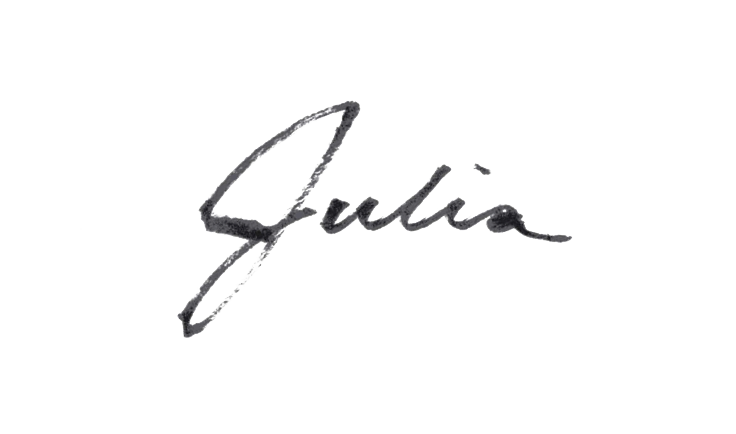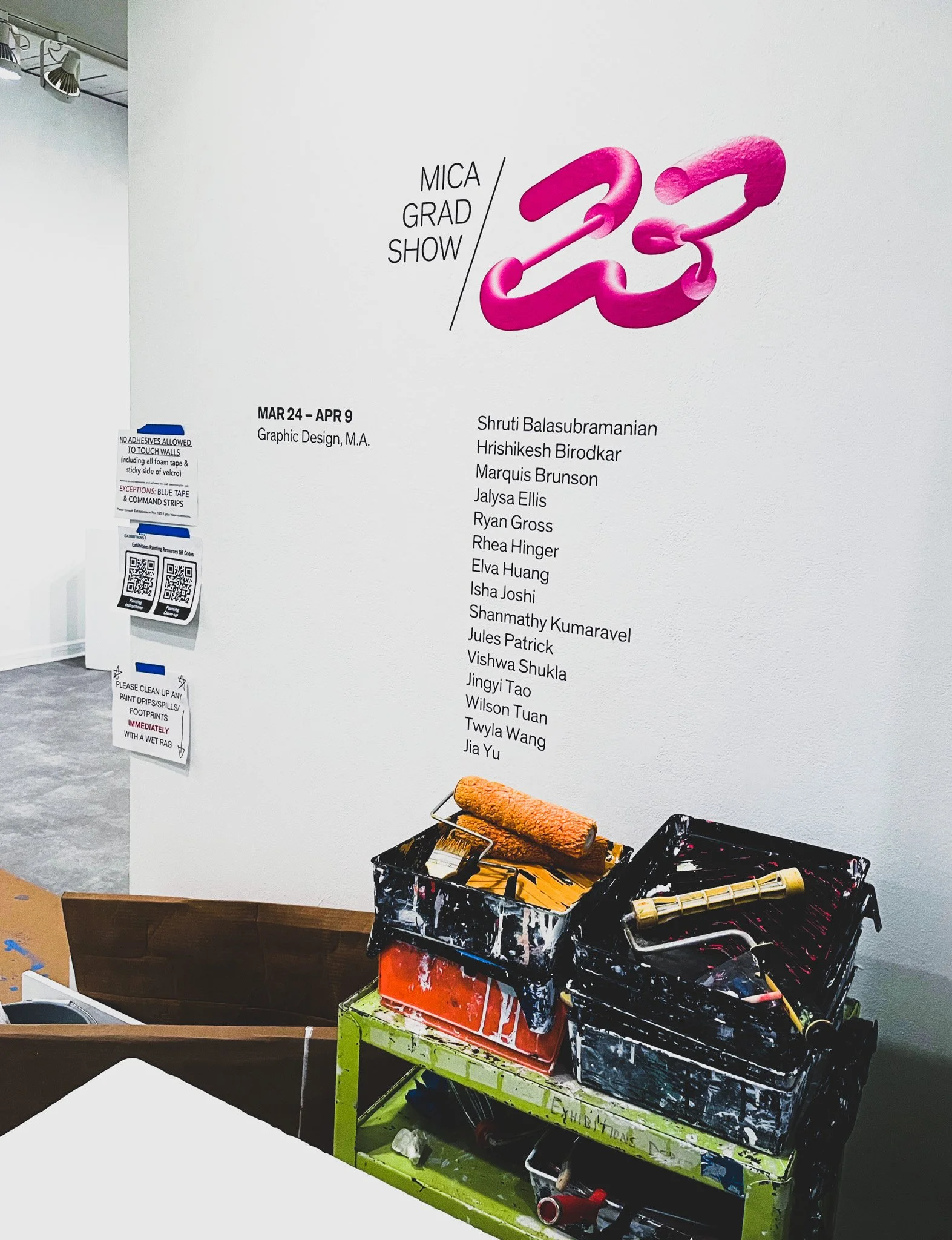Voyeur, a curated collection of artworks and writing addressing a contemporary redefinition of “voyeurism.” These works were compiled into a 78-page publication, which was hand-bound and displayed at the Maryland Institute College of Art’s GDMA 2023 thesis exhibition.
Abstract
Voyeur explores the intersection between voyeurism, nostalgia, and observation as it relates to the spectator. Voyeur is a curation and assembly of artworks, texts, and imagery that reexamine the role of viewer and participant within an experimental print publication. Inspired by each artist’s perspective on the subjects, this work intends to inspire reflection on the inherent role the viewer plays in artistic consumption.
“Stare. It is the way to educate your eye, and more. Stare, pry, listen, eavesdrop. Die knowing something. You are not here long.”
The topic of this thesis is observation, and the intimate relationship the audience holds with the act. Society has accepted the use of the term voyeur as a description of anyone who views the intimate lives of others, even outside of a sexual context. Whether consciously or subconsciously, to derive enjoyment from viewing the lives of others is an implicit act of contemporary voyeurism. As an exploration of contrasting the familiarity of being assigned the role of observer with the unfamiliarity of being declared voyeur, this project aims to evoke reflection, contemplation, and reexamination of derived “pleasure.”
With the exception of the introduction, all of the writings included in this book were accumulated from a variety of sources. The majority of the writing I featured came from scholarly journals, books, interviews, and online articles.
Complicit in Looking: A Critical Analysis of the Viewer as Voyeur in the Reception of Contemporary Photography by Caroline Douglas was a major influence in the trajectory of my research. From this dissertation, I was connected to a number of other significant works; such as the writings of John Berger, Susan Sontag, Brian O’Doherty, and James Elkins. Examining Douglas’s bibliography became a jumping off point for further research, and I discovered a wealth of information on the perspective of voyeurism and the inherent connection to the act of seeing.
Another notable influence came in the form of a book– specifically, Sandra S. Phillips and Simon Baker’s Exposed : Voyeurism, Surveillance, and the Camera Since 1870. It was one of the first pieces I read that referenced the voyeuristic nature of specific artworks, and referenced the work of Sophie Calle (whom I’d already been enamored with from the earliest stages of my thesis’s conception.) Surveillance was also brought to my attention, but I was far less interested in the narrow scope of intentional observation. What really inspired me to continue my reading was ‘perception,’ even as a passive act.


























